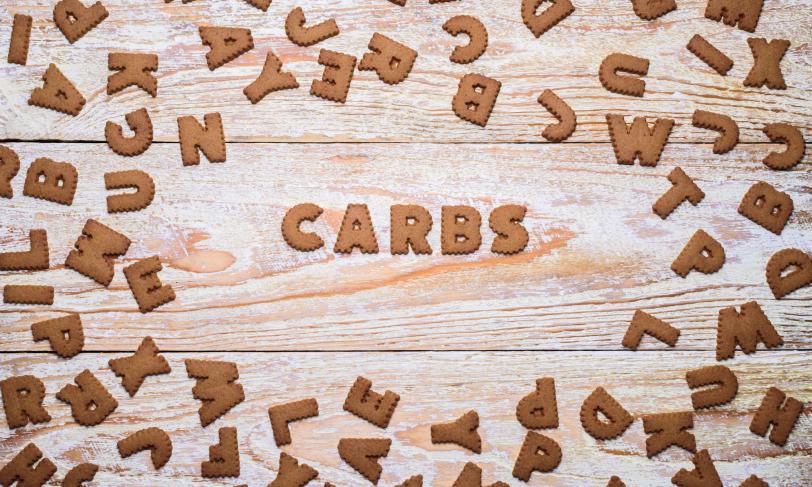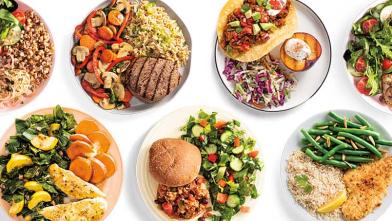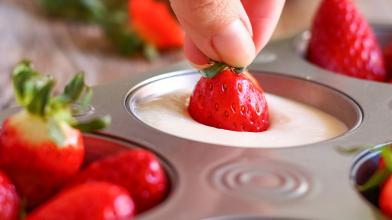Carb counting is one way to create an eating plan that can help you manage your blood glucose levels. For those who use insulin, carb counting can help you match your mealtime insulin dosage to the amount of carbs you are eating. While carb counting can be a great tool, it may not be for everyone. Read on to learn more about what carb counting is and whether it’s right for you.
What is carb counting?
As you may guess from the name, carb counting is adding up the carbs in the foods you eat. Counting carbs can help you predict how your blood glucose will rise after a meal. To count them, you need to know how many carbs are in different foods, their serving size, and how many servings you will eat. If you decide to try carb counting, you’ll rely on food labels, charts, and app tools to track the amount of carbs you’re eating each day.
If you don’t have a food label or a recipe that lists the amount of total grams of carb, a good resource to find out how much carb is in a portion of a food is the U.S. Department of Agriculture’s Food Composition Database which has nutrition information for thousands of foods in a searchable format.
Is carb counting the same as a low-carb eating plan (low-carb diet)?
The short answer is no. Carb counting is counting the carbs you consume, whereas a low carb eating pattern limits the amount of carbs consumed each day. If you follow a low carb eating plan, carb counting can be used to keep track of your carbs.
If you’re living with diabetes, knowing your carb intake and monitoring your blood glucose helps you make informed food choices. Keep in mind you may not experience the same change to your blood glucose levels after eating something as someone else. If you notice that your blood glucose levels are not what you expected, keep a log of what you eat and your blood glucose levels so you can watch trends. This will help you make informed decisions on your food choices and is good information to share with your registered dietitian nutritionist.
What should I think about when choosing carbohydrate foods?
Limit carbohydrate food choices that contain added sugars, such as canned fruit in heavy syrup, because these types of carbs may raise blood glucose quickly. However, many carbohydrate foods like vegetables, beans, peas, lentils, fruits, and whole grain foods also provide fiber in addition to vitamins and minerals. Getting the recommended amount of dietary fiber each day (25–38g) can help lower your A1C. Foods that are good sources of fiber help slow the digestion of carbs, which help you manage your blood glucose and prevent quick rises in blood glucose levels.
How much carbohydrate should I eat?
There is no ideal percentage of calories from carbohydrates, protein, and fat for all people with diabetes. Your eating plan should be created with your registered dietician nutritionist (RDN) based on your personal preferences, needs, and health goals. When starting a new eating plan, your carb goal may be lower than what you’re used to eating, but your target will help you manage your blood glucose and reach your health goals.
How does carb counting work?
First, your RDN will work with you to figure out how many carbs you eat now and set a realistic carb goal for each meal and snack throughout the day. You’ll aim for those targets and use food labels, charts, and tools to choose what to eat or drink and keep track of the carbs you consume.
Second, checking your blood glucose before and two hours after you eat will show you how different foods affect your blood glucose levels and track trends.
Third, if you need any support with carb counting , questions about other eating patterns, or creating or changing your eating plan, meet with your RDN.
Stay Connected
Don’t forget to sign up for Diabetes Food Hub’s e-newsletter for diabetes-friendly ideas and recipes delivered each month.














